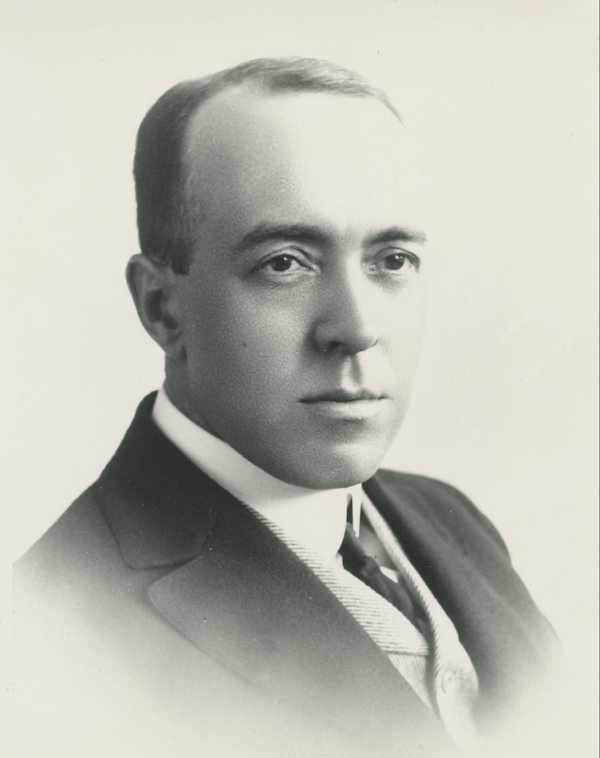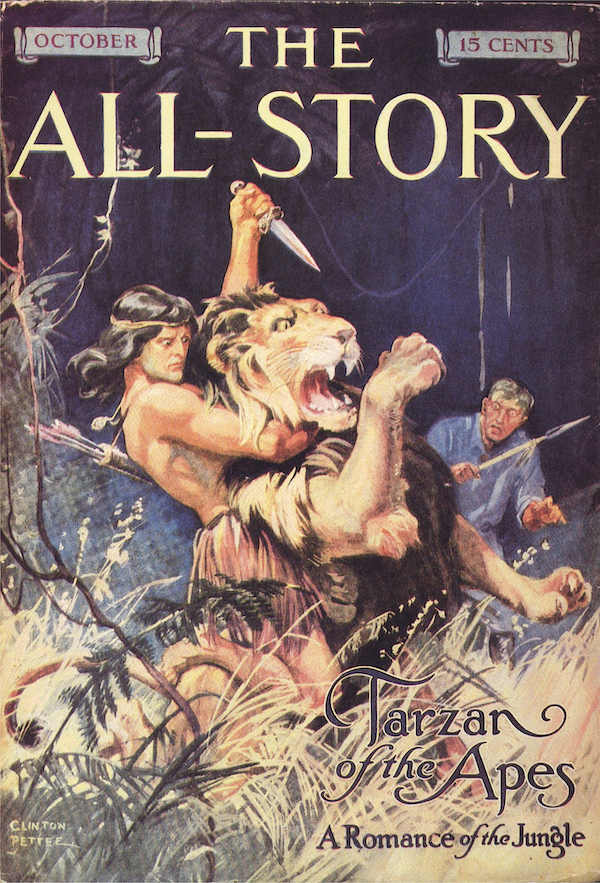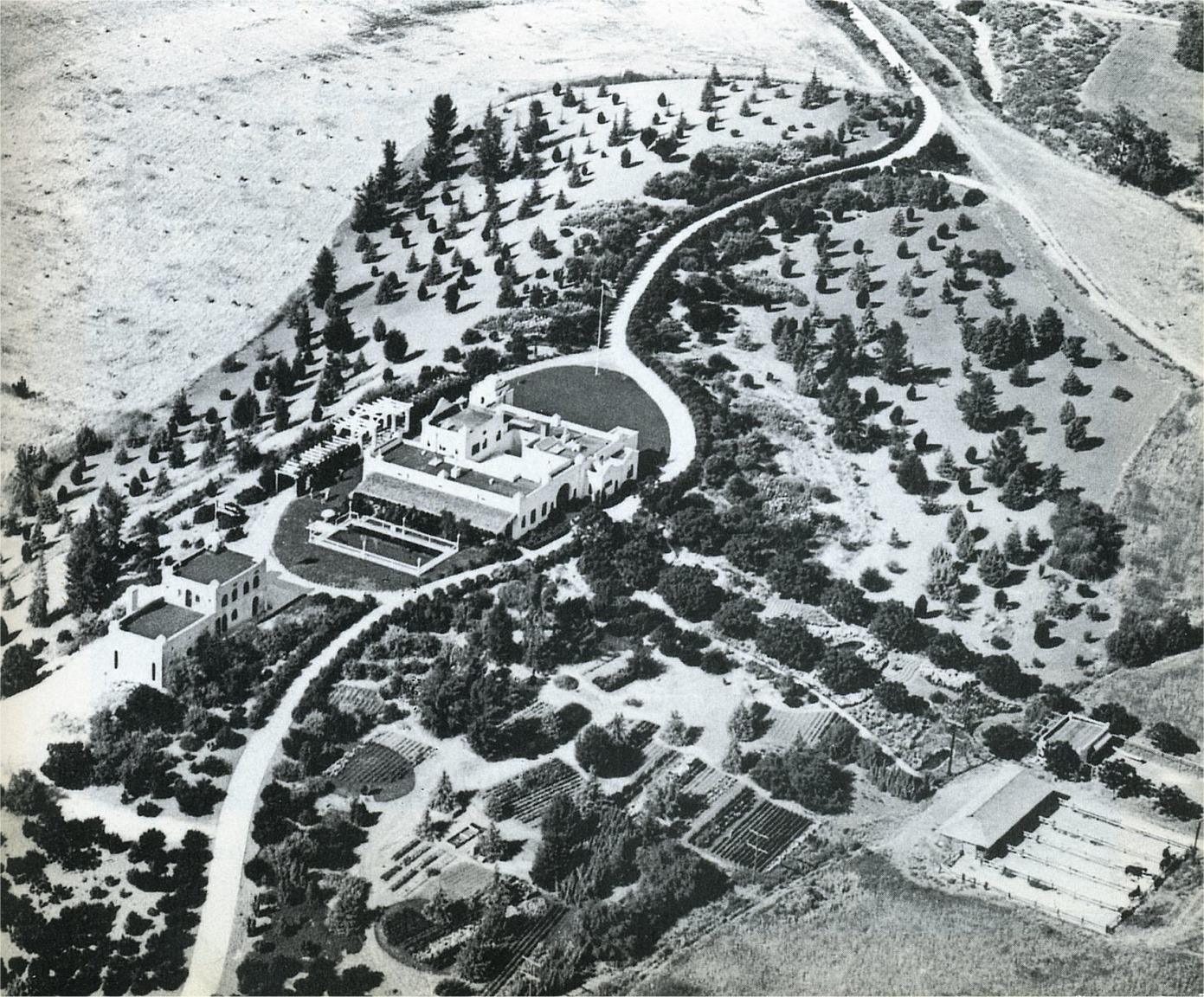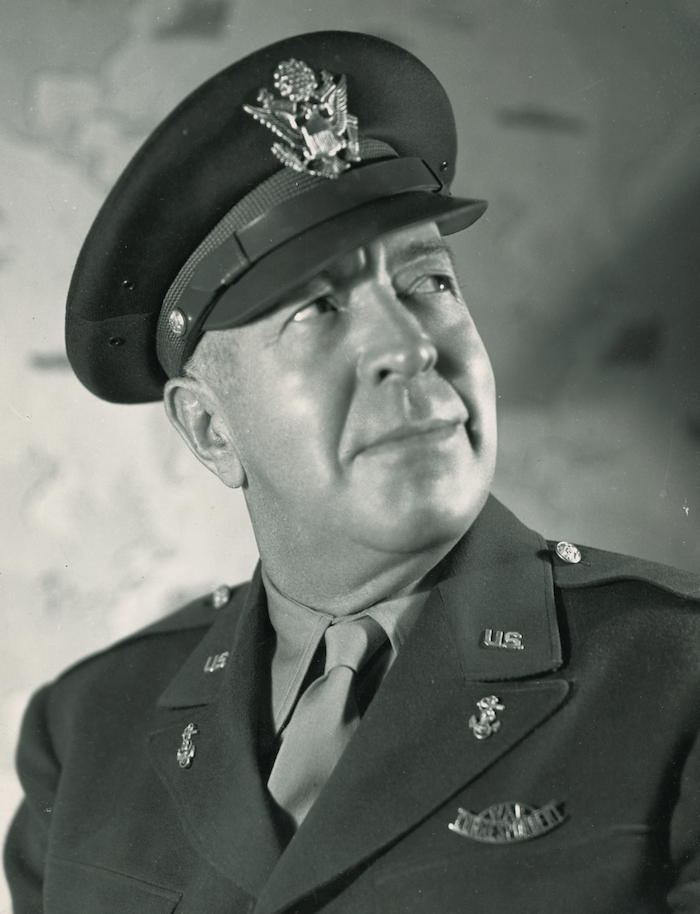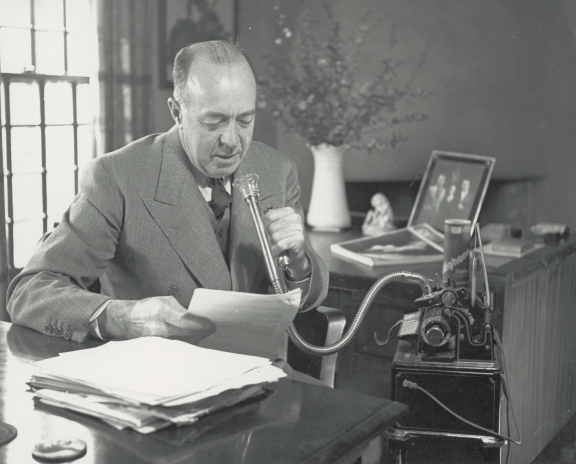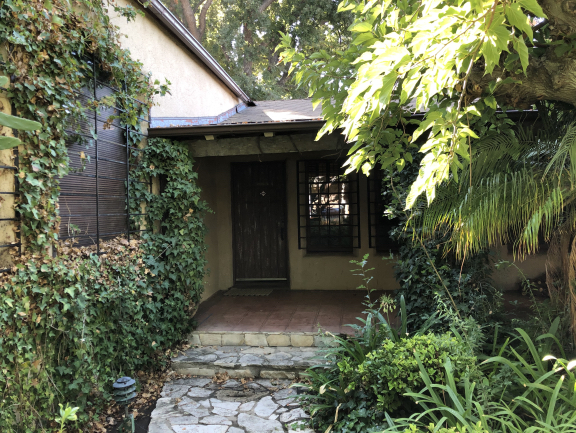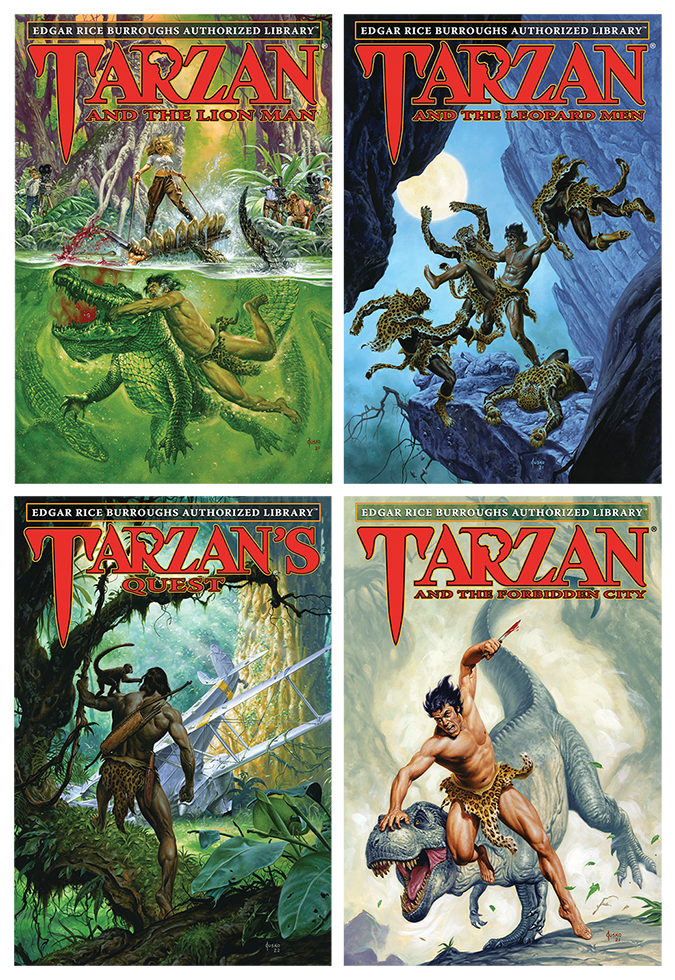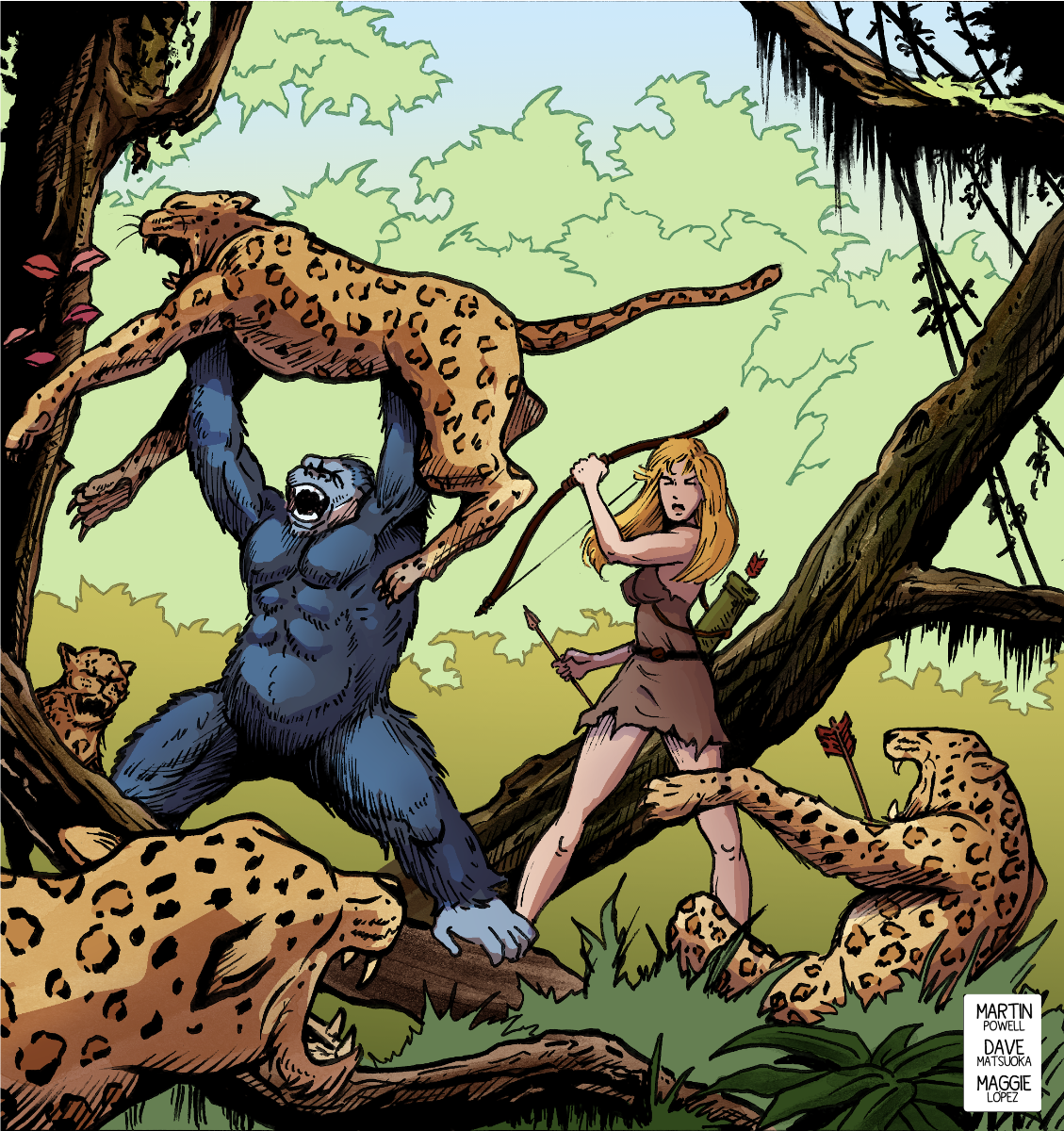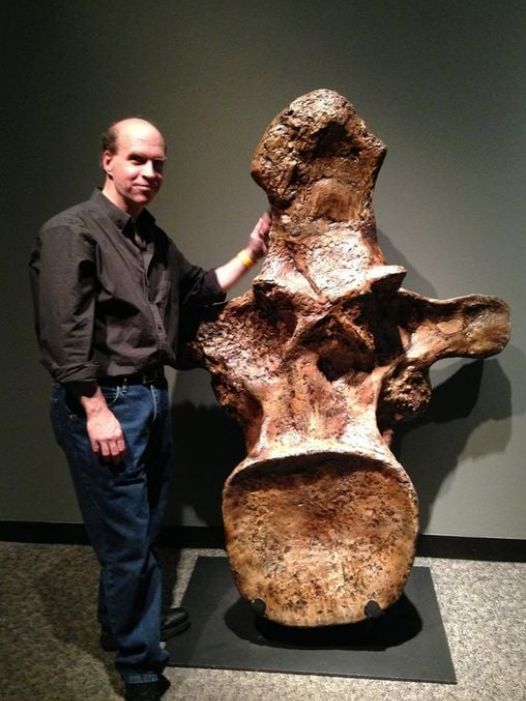
![]() Wednesday, February 19, 2025 (Tarzana, California) Edgar Rice Burroughs, Inc., the company founded by the creator of Tarzan® and John Carter of Mars®, and Flying S Films LLC, a Seattle-based studio dedicated to producing unique feature film and episodic properties for a worldwide audience, are excited to announce a partnership to develop an animated television series featuring the sci-fi protagonist Victory Harben™. In the show, Victory will find herself hurled into adventures alongside an array of iconic heroes such as Tarzan®, Jane Porter®, John Carter®, Dejah Thoris®, Carson of Venus®, and other characters inhabiting the rich science fiction and fantasy setting of the Edgar Rice Burroughs Universe™ (ERB Universe™).
Wednesday, February 19, 2025 (Tarzana, California) Edgar Rice Burroughs, Inc., the company founded by the creator of Tarzan® and John Carter of Mars®, and Flying S Films LLC, a Seattle-based studio dedicated to producing unique feature film and episodic properties for a worldwide audience, are excited to announce a partnership to develop an animated television series featuring the sci-fi protagonist Victory Harben™. In the show, Victory will find herself hurled into adventures alongside an array of iconic heroes such as Tarzan®, Jane Porter®, John Carter®, Dejah Thoris®, Carson of Venus®, and other characters inhabiting the rich science fiction and fantasy setting of the Edgar Rice Burroughs Universe™ (ERB Universe™).
The team at Flying S Films is headed by showrunner Scott Swan and producer Stuart Lowder, with Swan and Taylor Lowder on board to write the series. Rounding out the team is Ray Hansel Morales as line producer and Gene Alexander as executive producer.
Showrunner Scott Swan states, “It is my conviction that the upcoming success of the Victory Harben animated series lies in a deep love and abiding respect for the creations of Edgar Rice Burroughs. The scope, majesty, richness of the ERB Universe, combined with the complexity of the Victory Harben character, will allow us to create a series that captivates new audiences and delights longtime fans.”
“Long before anyone ever conceived of comic book and cinematic universes,” says Wolf Larson, head of ERB Entertainment, the film and television division of ERB, Inc., “Edgar Rice Burroughs created a cosmos of extraordinary worlds and heroes that crossed over in the storylines of his many best-selling novels and series: tales of Tarzan®, Barsoom® (Mars), Amtor™ (Venus), Pellucidar® (the prehistoric world At the Earth’s Core™), The Land That Time Forgot®, and Beyond the Farthest Star™, to name only a few. The Edgar Rice Burroughs Universe is one of the most expansive and rollicking adventure settings ever to appear in popular culture. Now, for the first time, we are thrilled to see the whole interconnected ERB Universe being developed for the screen by the top-notch creative talent at Flying S Films.”
Victory Harben first appeared in a new series of novels, short stories, comic books, and graphic novels published and licensed by Edgar Rice Burroughs, Inc., and was recently featured prominently in a collectible card game and other merchandise. The character is the creation of ERB Universe creative director Christopher Paul Carey, who also holds the role of Vice President of Publishing at the company.
“Victory Harben is the perfect gateway to the ERB Universe,” says Jim Sullos, President of Edgar Rice Burroughs, Inc. “She’s smart, likable, and during the course of her adventures will come to find her place in the heroic lineage of Edgar Rice Burroughs’ literary creations. We are extremely pleased with the vision Flying S Films is bringing to the project, and look forward to audiences accompanying Victory on her fantastic escapades and becoming enchanted with Mr. Burroughs’ universe of high adventure.”
ABOUT EDGAR RICE BURROUGHS, INC.
From its headquarters in Tarzana, California, Edgar Rice Burroughs, Inc., administers the intellectual property of American author Edgar Rice Burroughs (1875–1950), one of the twentieth century’s most prolific and enduring writers. Mr. Burroughs’ stories have been adapted into 60 films and 250 television episodes, and are featured in comic books, video games, apparel, and other merchandise. Through worldwide ownership of copyrights and trademarks, Edgar Rice Burroughs, Inc., oversees authorized adaptations of his literary works in film, television, radio, publishing, theatrical stage productions, licensing, and merchandising. The company is owned by Mr. Burroughs’ heirs and continues to operate from offices the author built in 1927 on the site of his former Tarzana ranch in the San Fernando Valley.
ABOUT FLYING S FILMS
Flying S Films, headquartered in Edmonds, Washington, is centered on the partnership of Scott Swan and Stuart Lowder. Long-term animation and video game professionals, Scott has been involved with the production of multiple video game titles at EA, Microsoft, and THQ, along with animated films Valiant and Happy Feet. Stuart is best known for his work on Carmen Sandiego games and the animated features Happy Feet, Where the Wild Things Are, Scoob!, and Tom and Jerry.
For more information, please contact:
James Sullos, President, Edgar Rice Burroughs, Inc., jsullos@erburroughs.com
Wolf Larson, Vice President, ERB Entertainment, wolflarson@erburroughs.com
Scott Swan, Showrunner, Flying S Films LLC, sswan@flyingsfilms.com
Stuart Lowder, Producer, Flying S Films LLC, slowder@flyingsfilms.com
Download Press Release PDF: Edgar Rice Burroughs Universe Animated TV Series in Development
Victory Harben art by Alessandro Ranaldi and Bruna Costa © Edgar Rice Burroughs, Inc.
© Edgar Rice Burroughs, Inc. All Rights Reserved. Trademarks Edgar Rice Burroughs®, Edgar Rice Burroughs Universe™, ERB Universe™, Victory Harben™, Tarzan®, Jane Porter®, John Carter®, John Carter of Mars®, Dejah Thoris®, Barsoom®, Carson of Venus®, Amtor™, Pellucidar®, At the Earth’s Core™, The Land That Time Forgot®, and Beyond the Farthest Star™ Owned by Edgar Rice Burroughs, Inc. Associated logos, characters, names, and the distinctive likenesses thereof are trademarks or registered trademarks of Edgar Rice Burroughs, Inc.








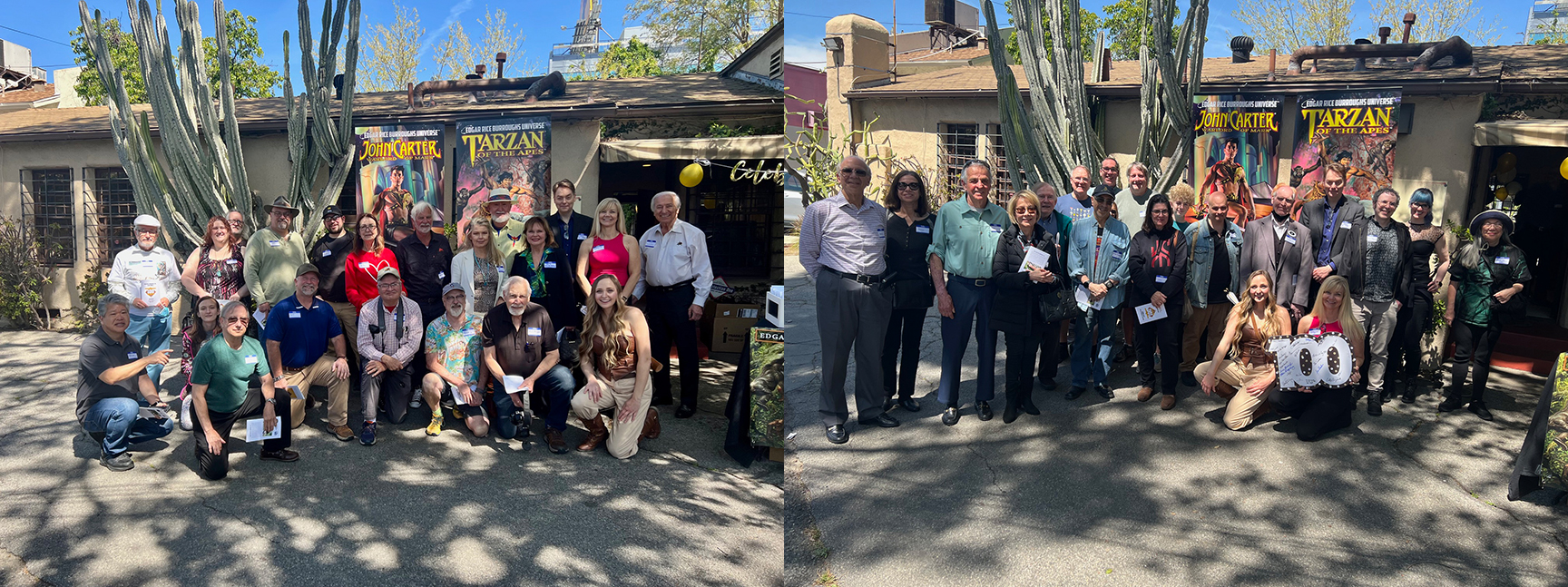
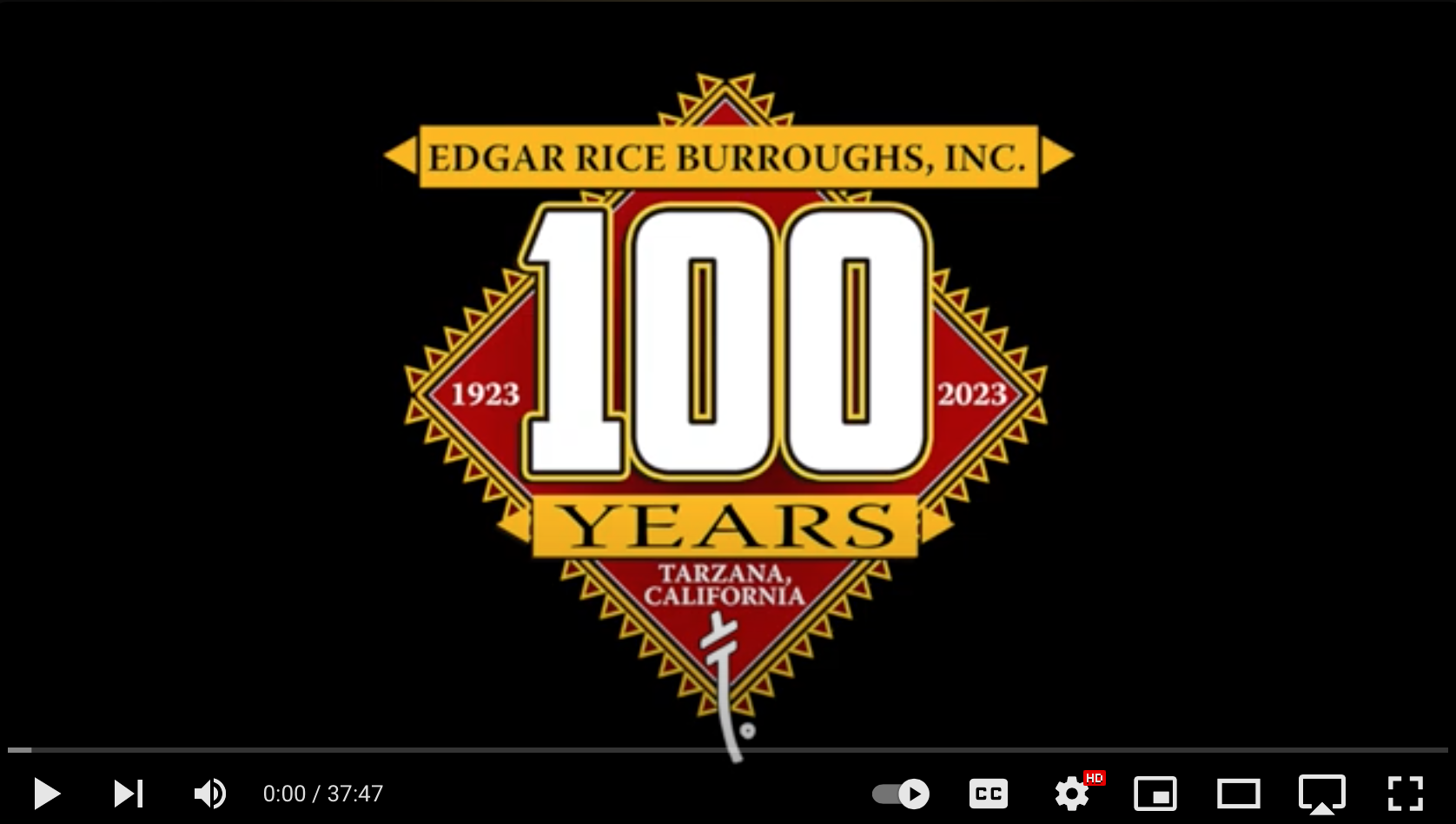
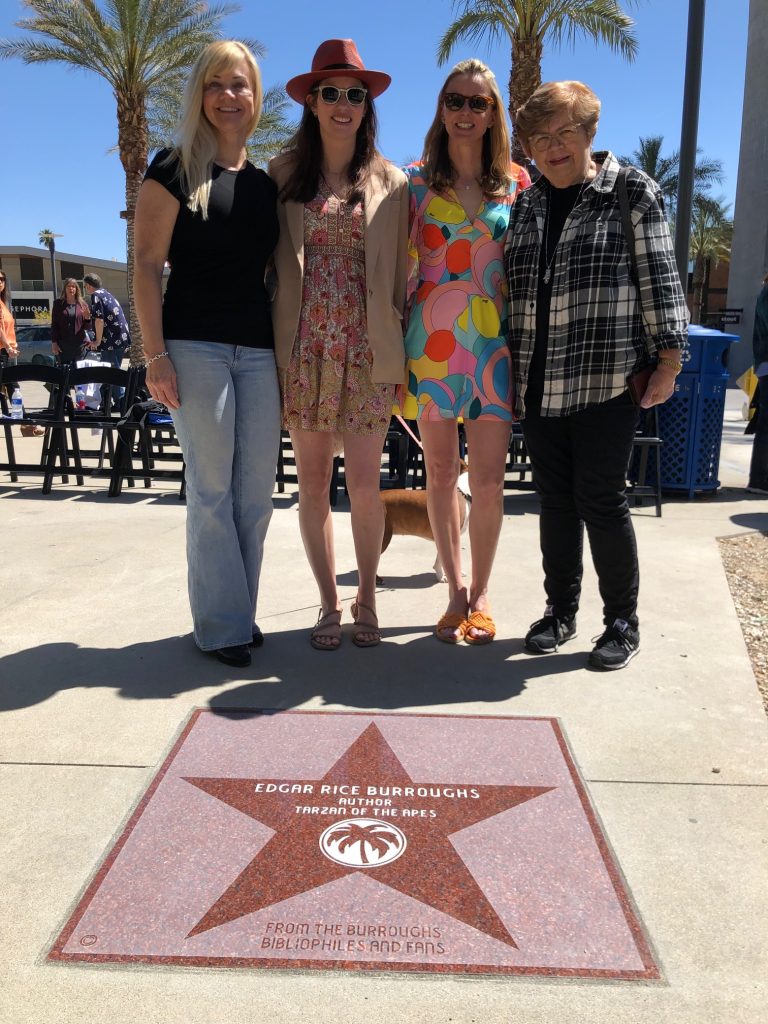

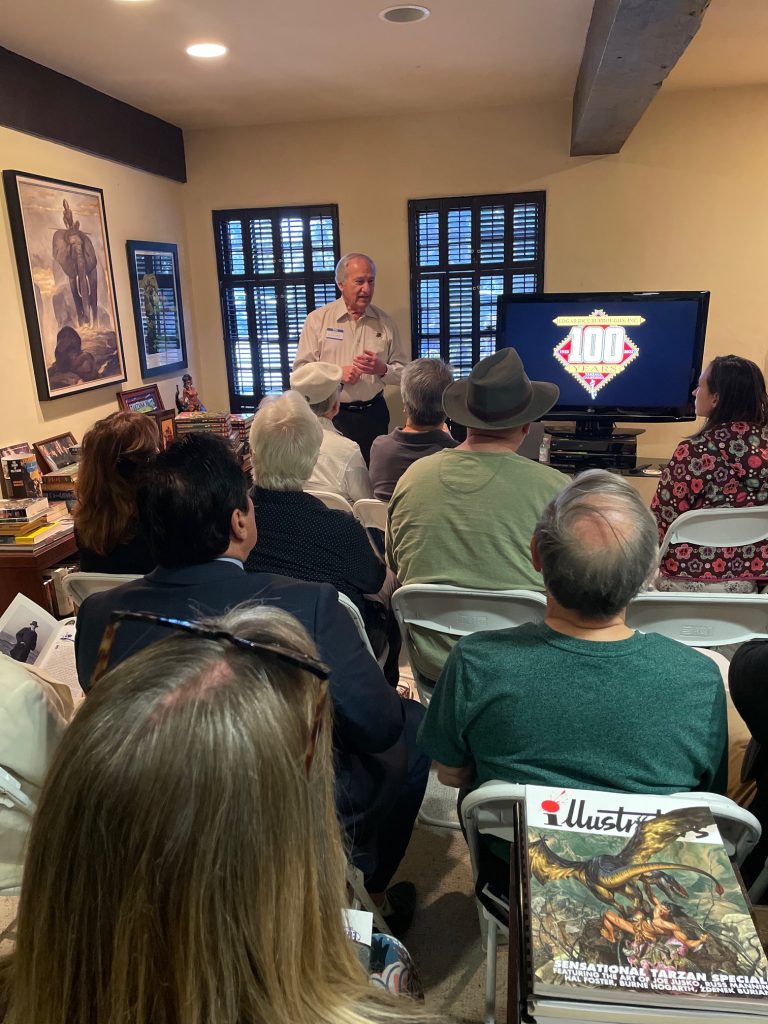
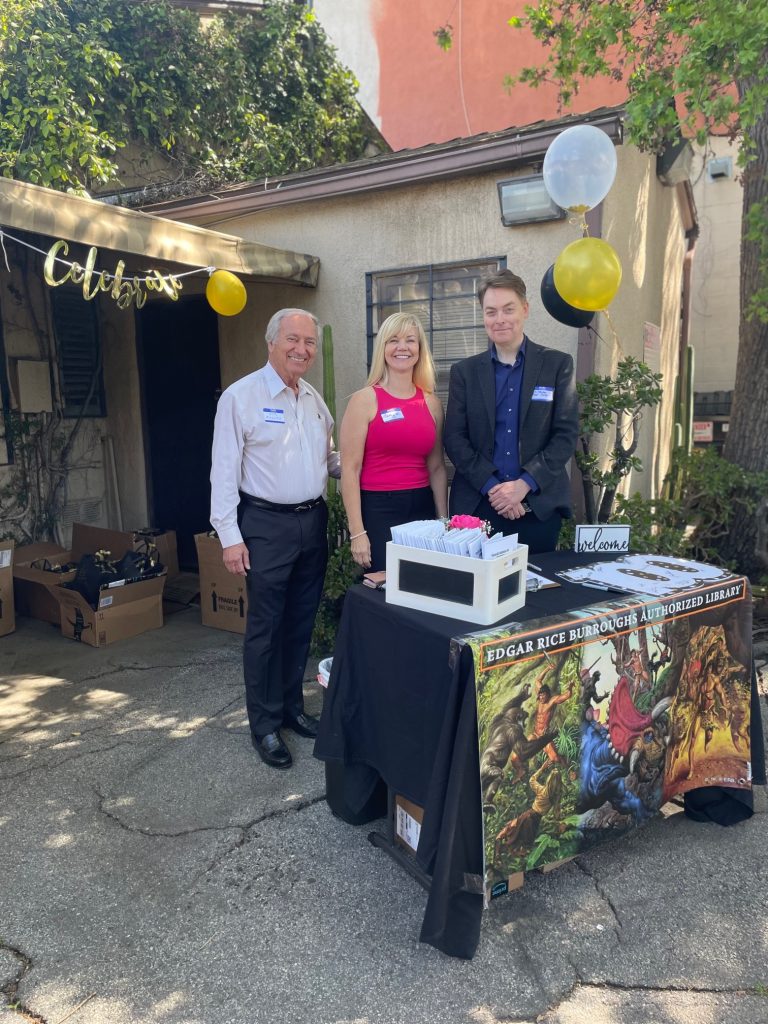

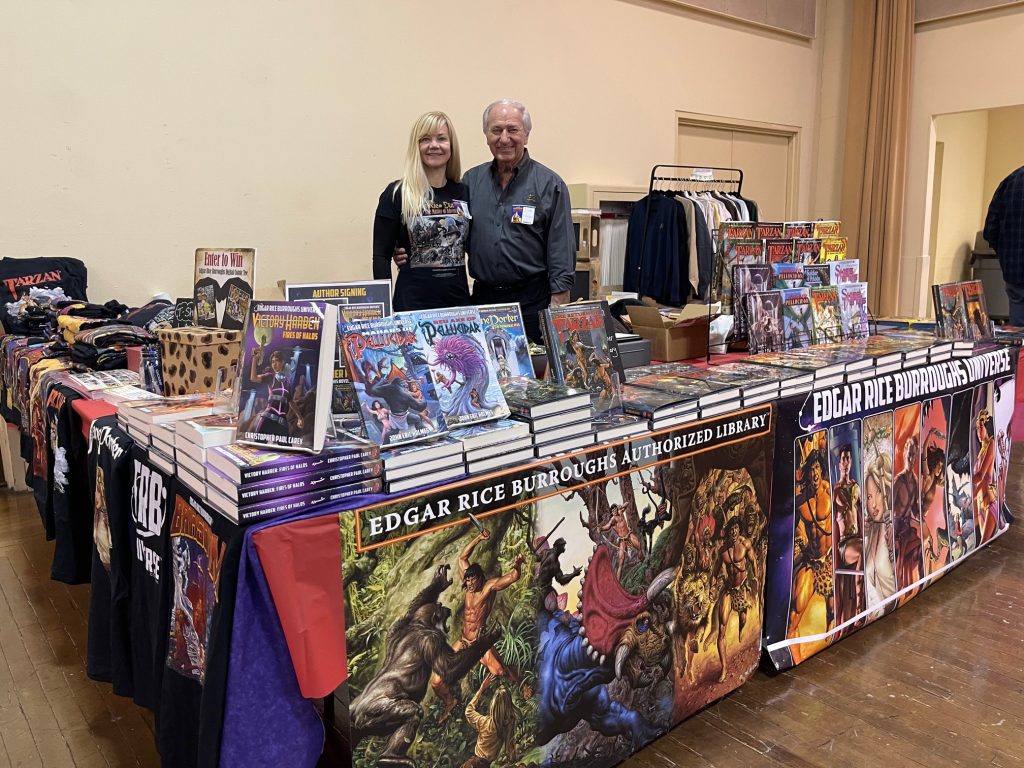





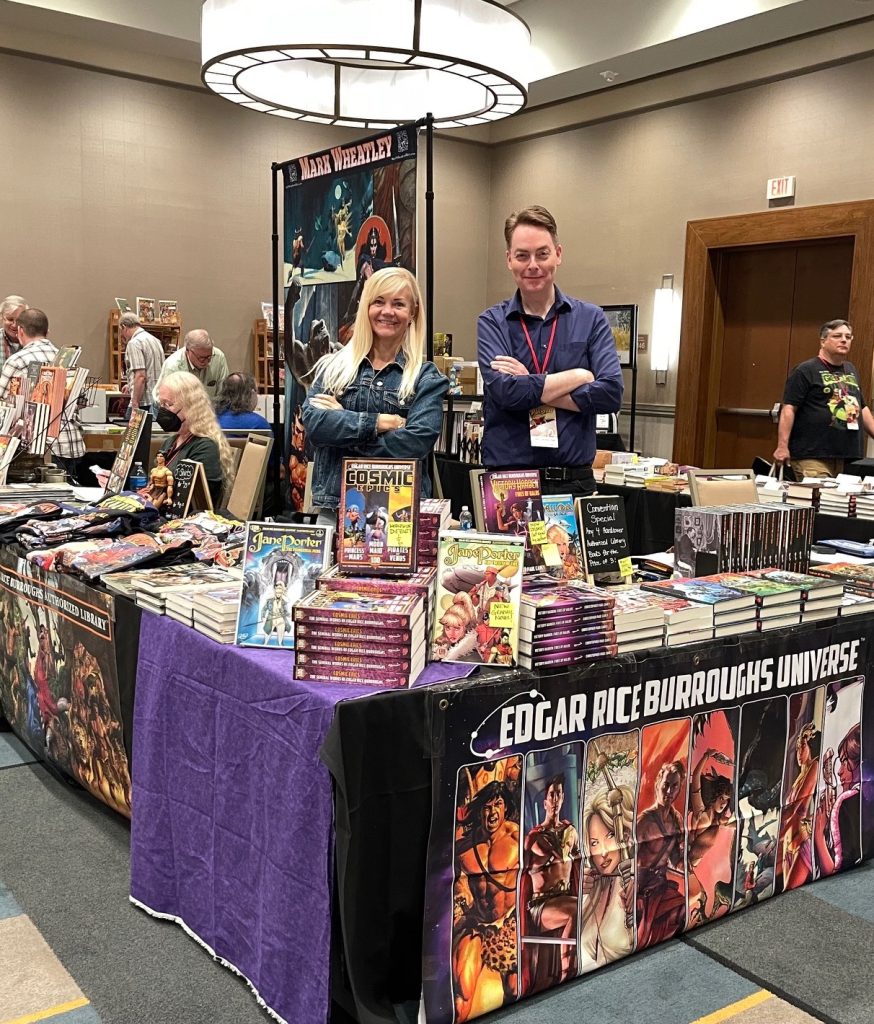
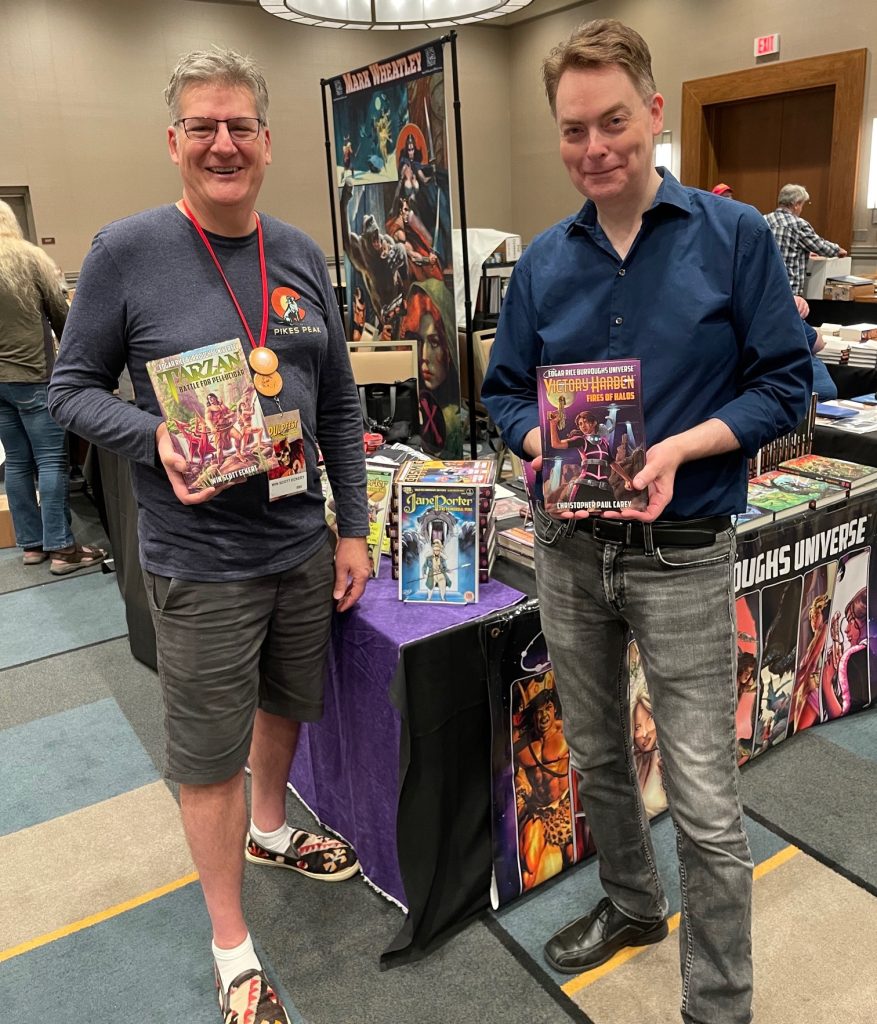


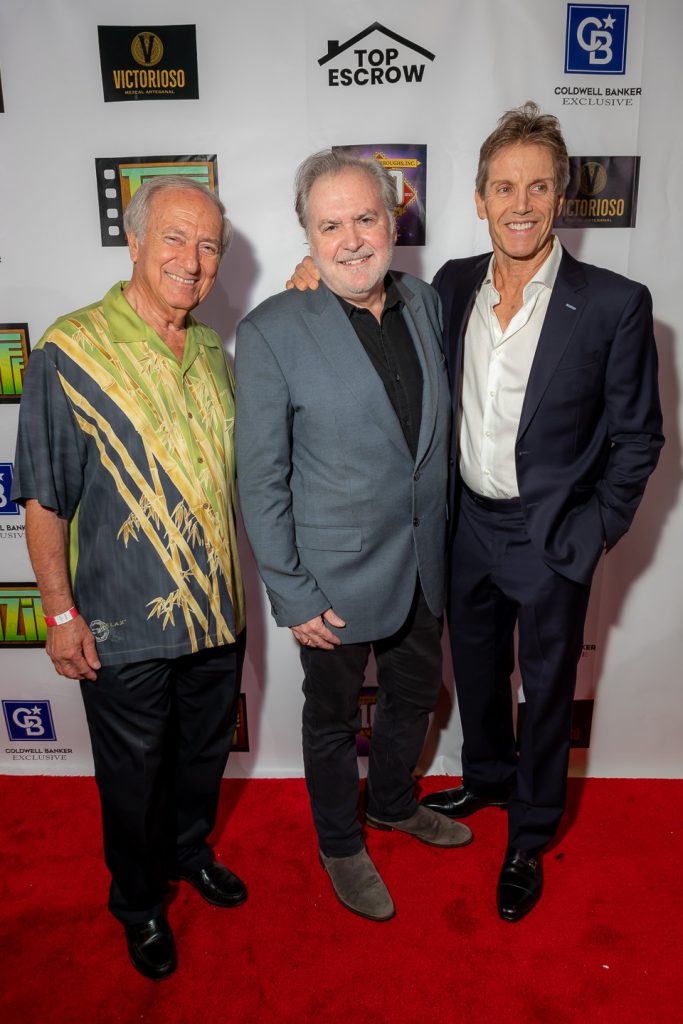

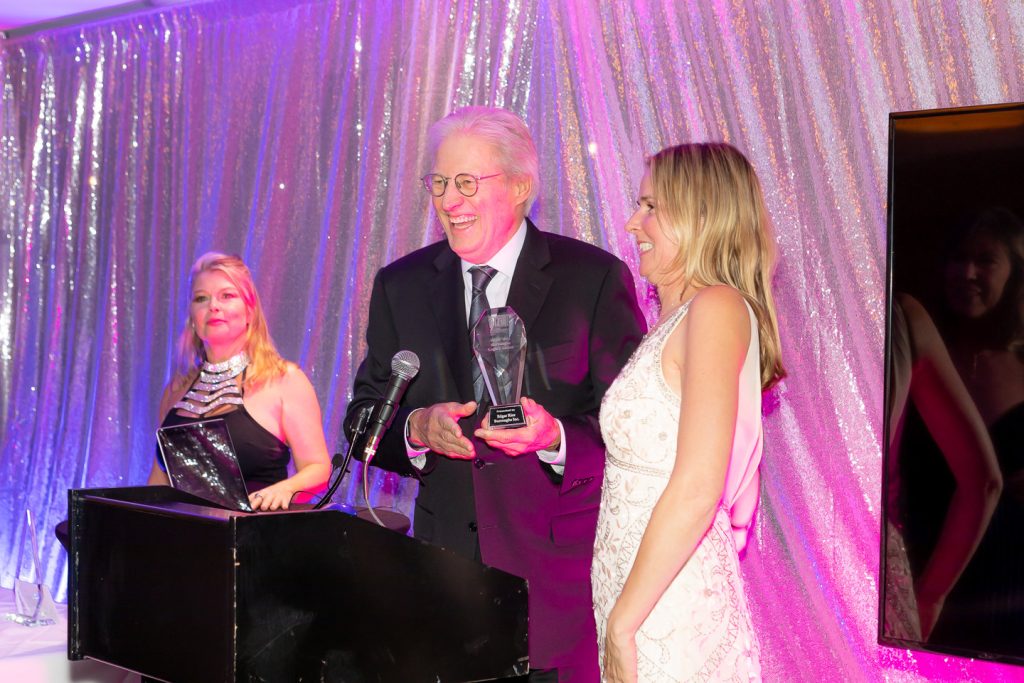


 One major achievement of this past year was wrapping up production on
One major achievement of this past year was wrapping up production on 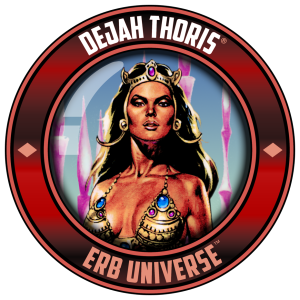 Continuing with the Year of Mars, we are thrilled to be publishing the first novel to feature everyone’s favorite incomparable princess in the lead role—Dejah Thoris! A Princess of Mars: Shadow of the Assassins by
Continuing with the Year of Mars, we are thrilled to be publishing the first novel to feature everyone’s favorite incomparable princess in the lead role—Dejah Thoris! A Princess of Mars: Shadow of the Assassins by 



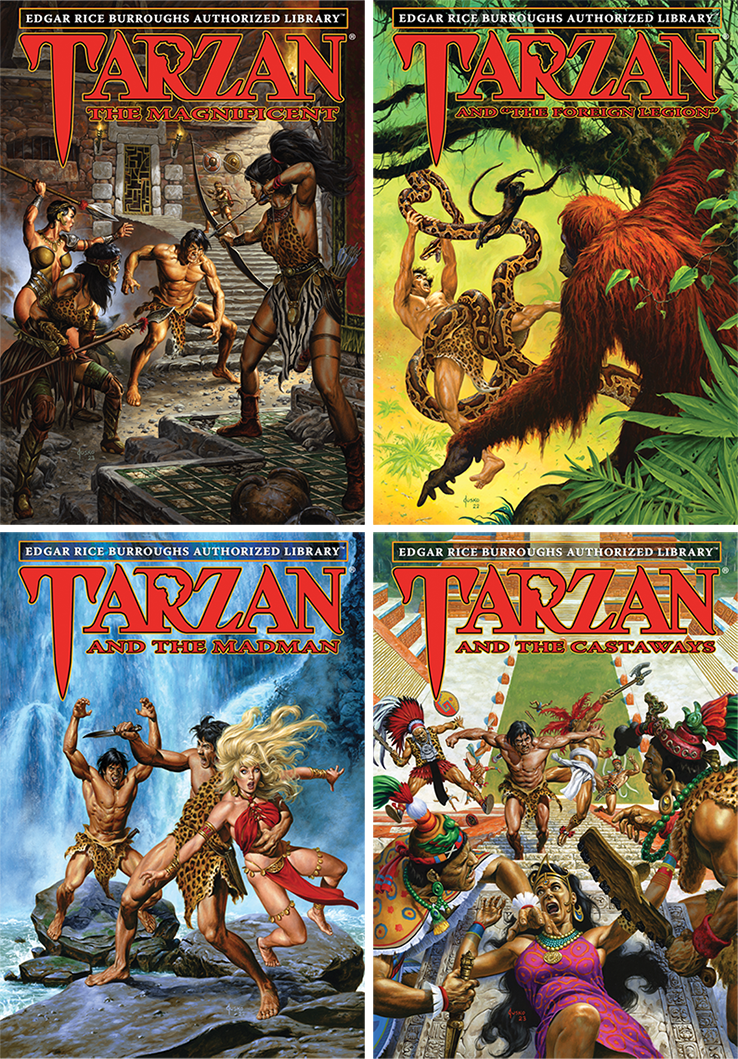
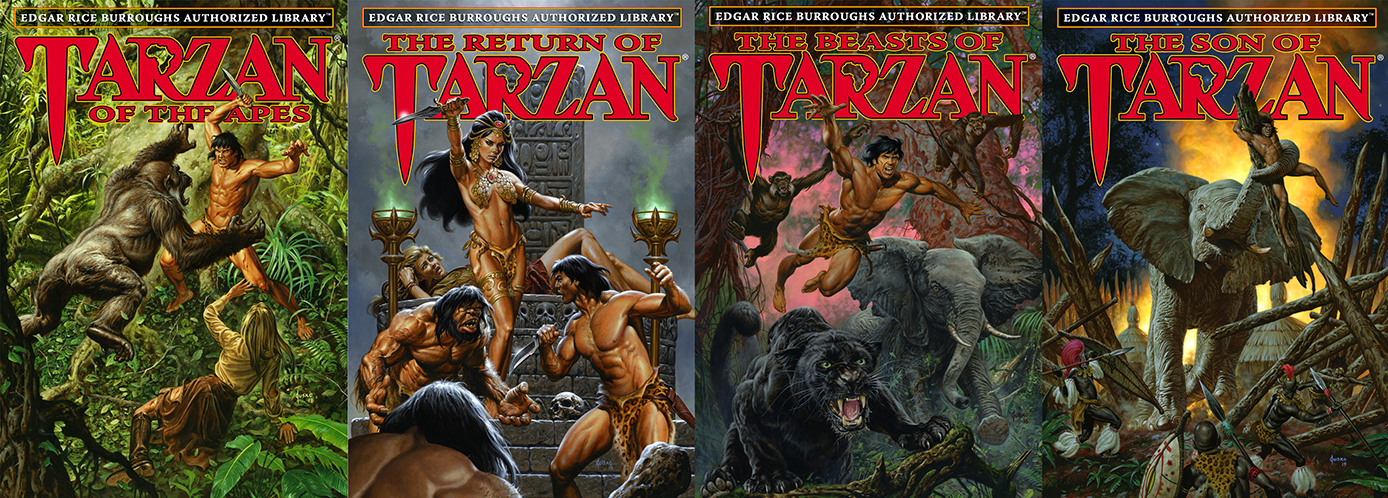
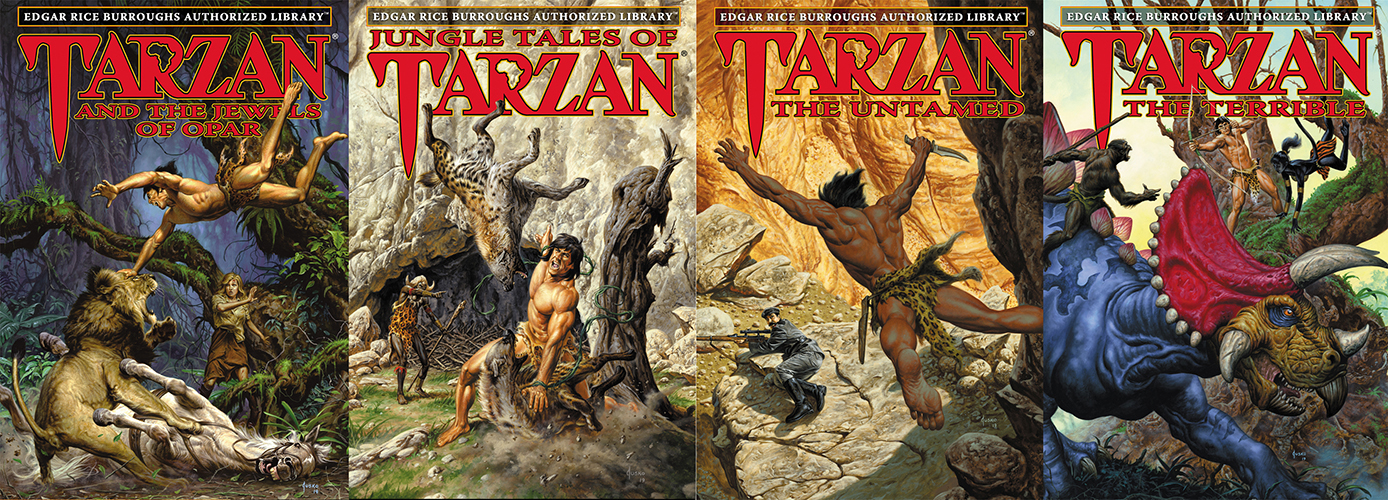
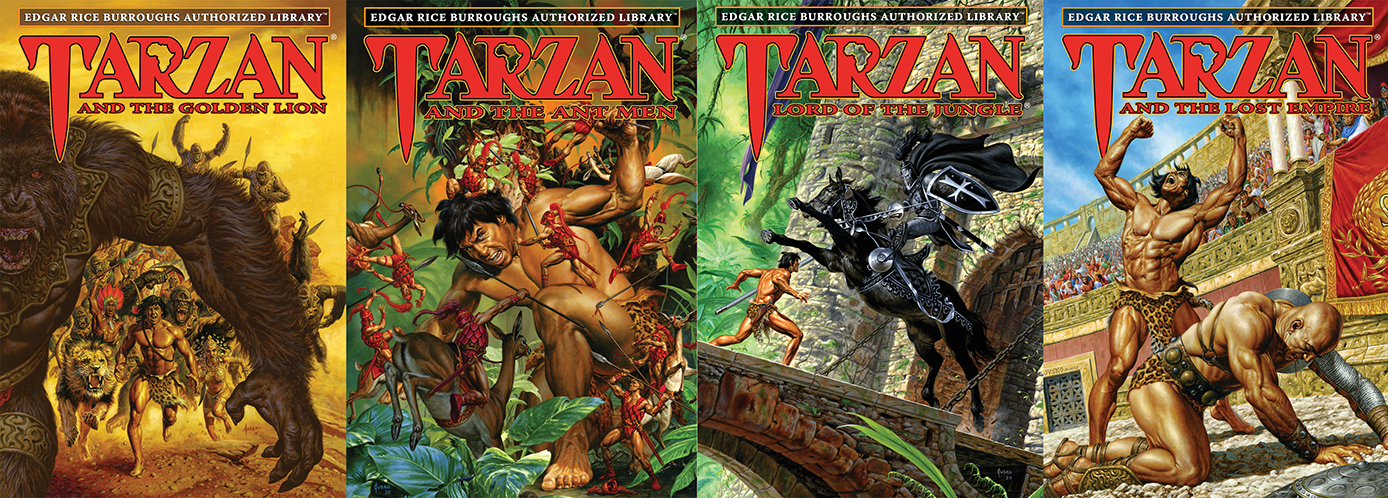
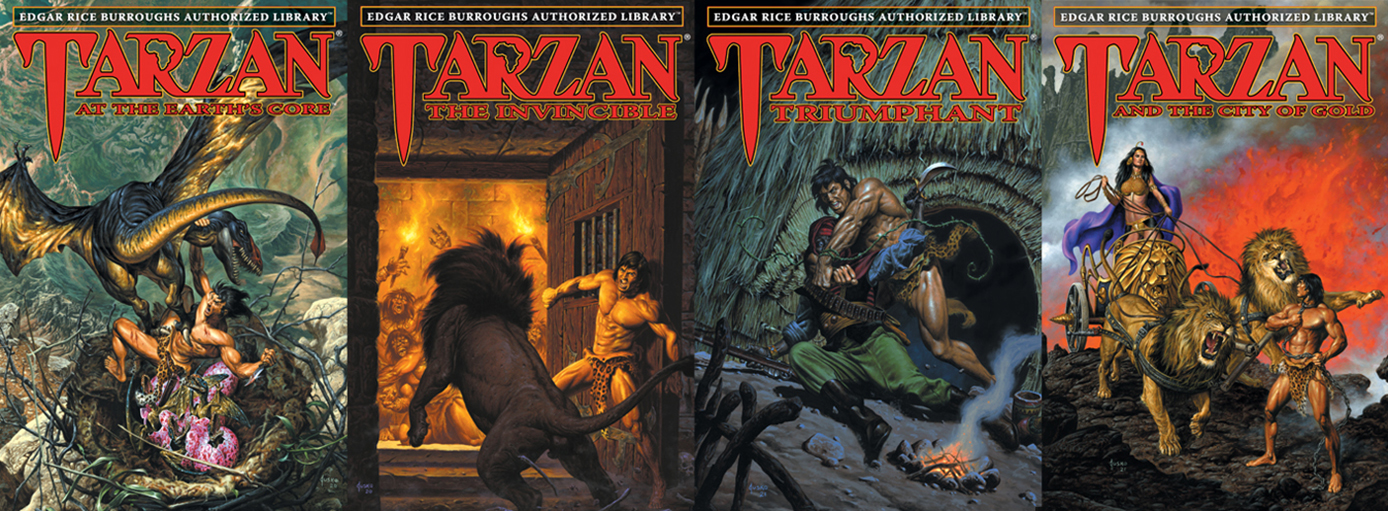
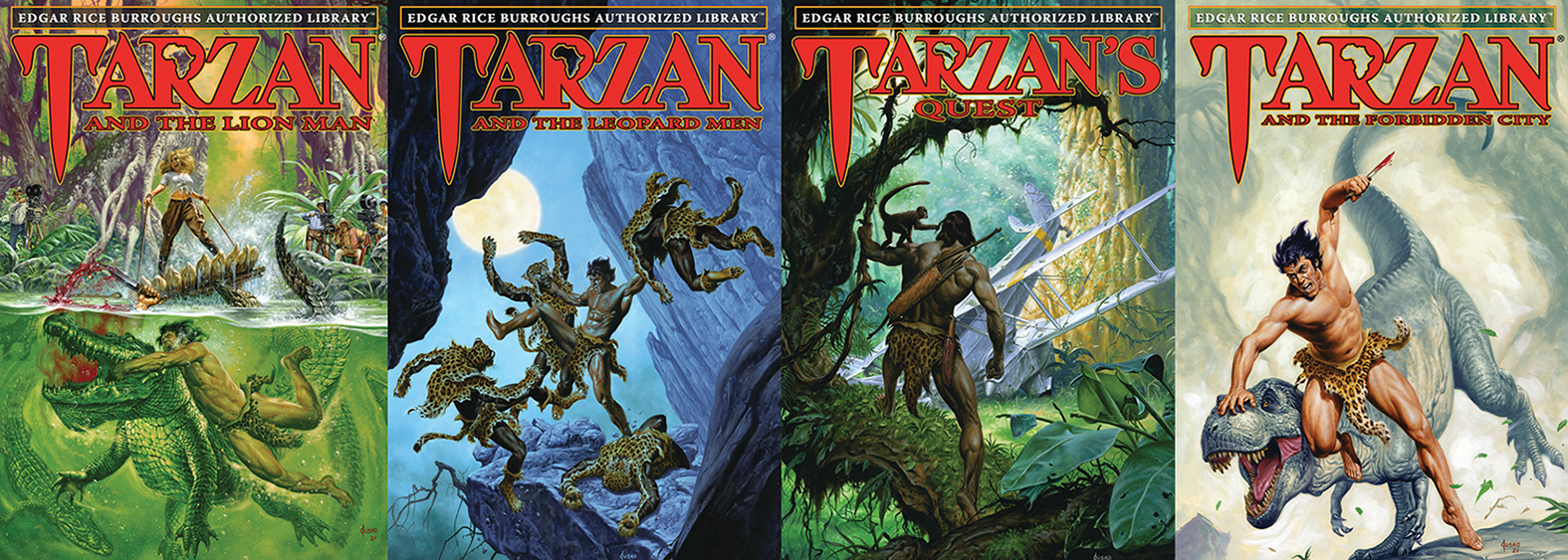

 In 1919, Edgar Rice Burroughs moved from Chicago to a 550-acre ranch in the San Fernando Valley to be close to Hollywood following the smash-hit success of Tarzan of the Apes starring Elmo Lincoln, the first film in history to gross over $1 million at the box office. The town where he settled was renamed Tarzana after his most beloved character. There have been 53 Tarzan movies and 7 different television series, and the new ERB Studios is poised to bring more of his literary creations to the screen. TZIFF will be honoring ERB with the first ever Edgar Rice Burroughs Legacy Award at the festival’s Closing Night Gala & Awards Show. Every year thereafter, the award will be presented to an iconic industry writer known for their work in the genres of science fiction, fantasy and adventure.
In 1919, Edgar Rice Burroughs moved from Chicago to a 550-acre ranch in the San Fernando Valley to be close to Hollywood following the smash-hit success of Tarzan of the Apes starring Elmo Lincoln, the first film in history to gross over $1 million at the box office. The town where he settled was renamed Tarzana after his most beloved character. There have been 53 Tarzan movies and 7 different television series, and the new ERB Studios is poised to bring more of his literary creations to the screen. TZIFF will be honoring ERB with the first ever Edgar Rice Burroughs Legacy Award at the festival’s Closing Night Gala & Awards Show. Every year thereafter, the award will be presented to an iconic industry writer known for their work in the genres of science fiction, fantasy and adventure.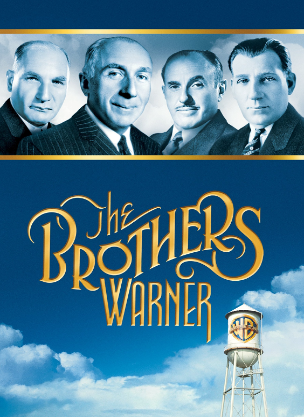 TZIFF will also be celebrating the Warner Bros. centennial with a screening of the feature film The Brothers Warner directed by Cass Warner Sperling, granddaughter of WB studio head Jack Warner. This award-winning documentary chronicles the creation and rise of the very first Hollywood studio, Warner Bros., in 1923.
TZIFF will also be celebrating the Warner Bros. centennial with a screening of the feature film The Brothers Warner directed by Cass Warner Sperling, granddaughter of WB studio head Jack Warner. This award-winning documentary chronicles the creation and rise of the very first Hollywood studio, Warner Bros., in 1923.
